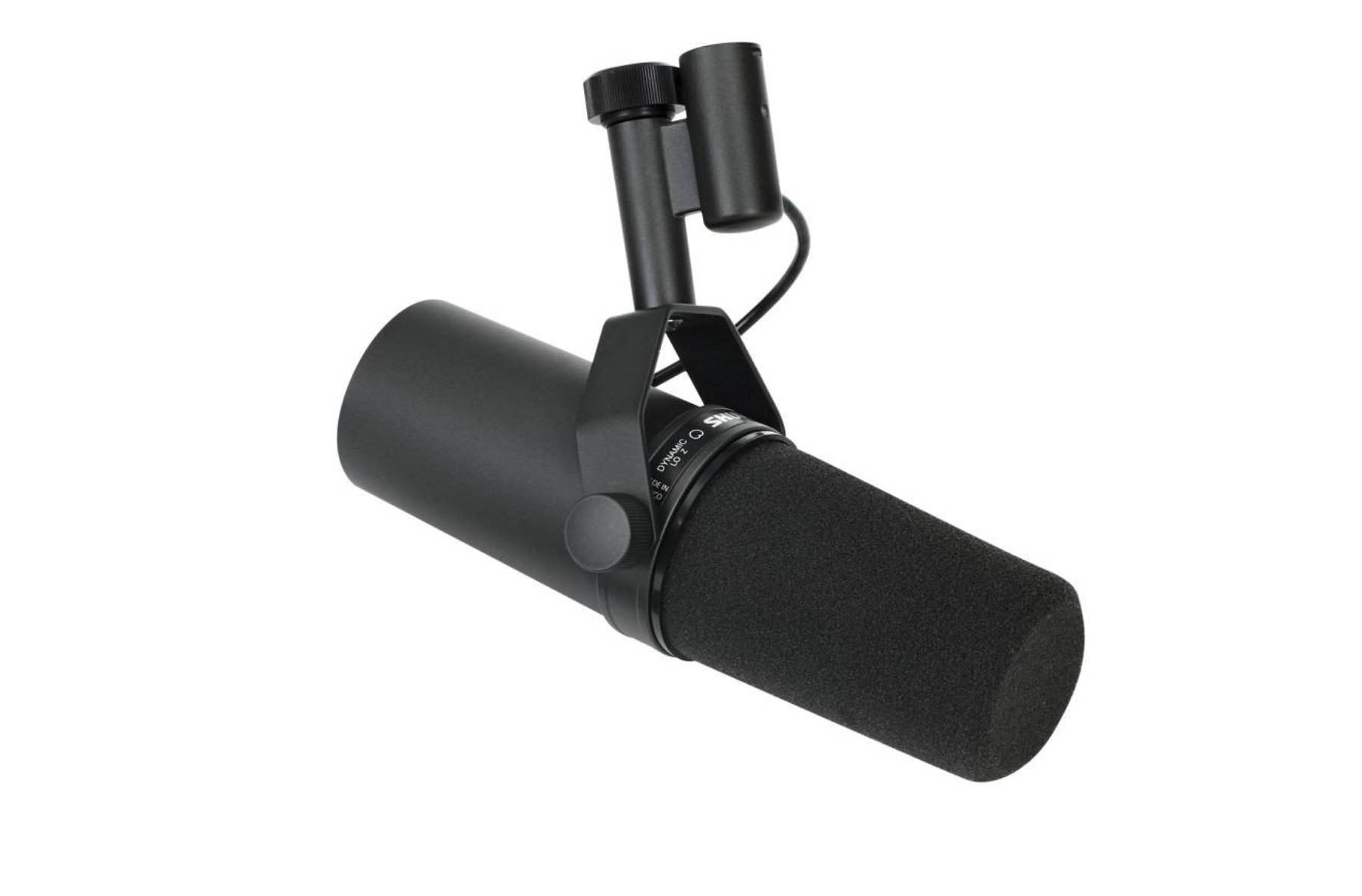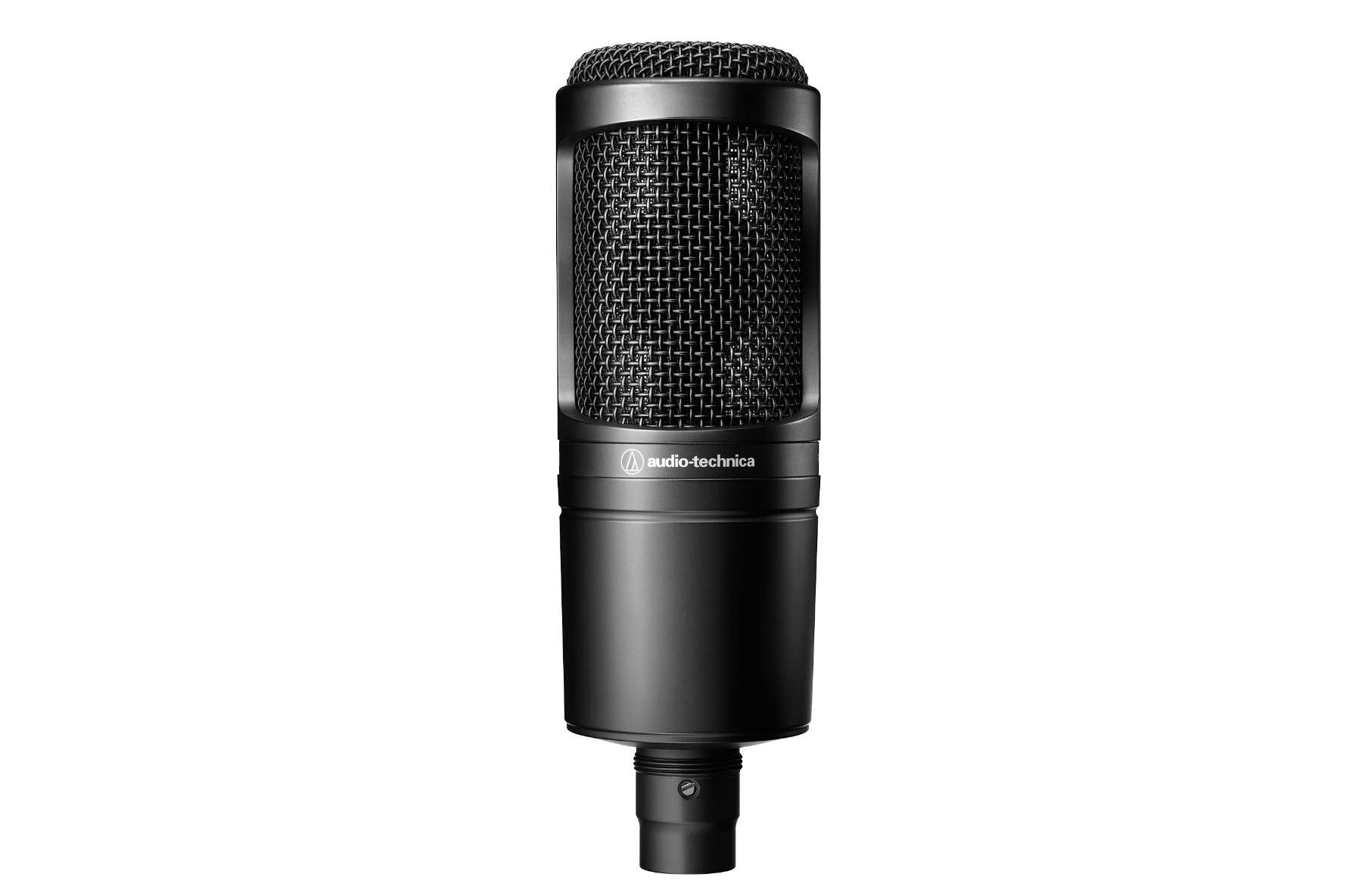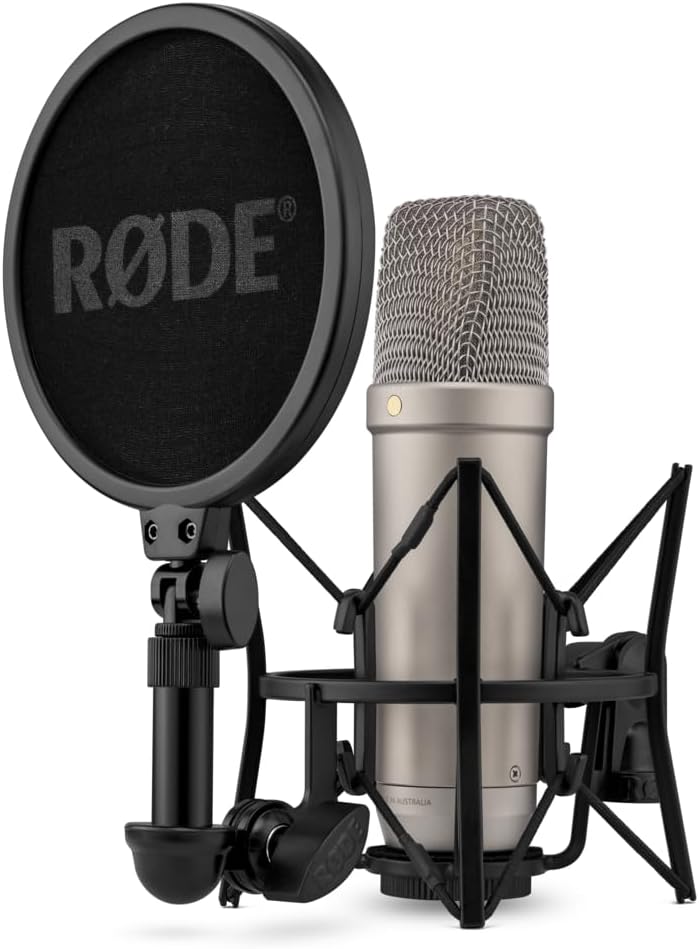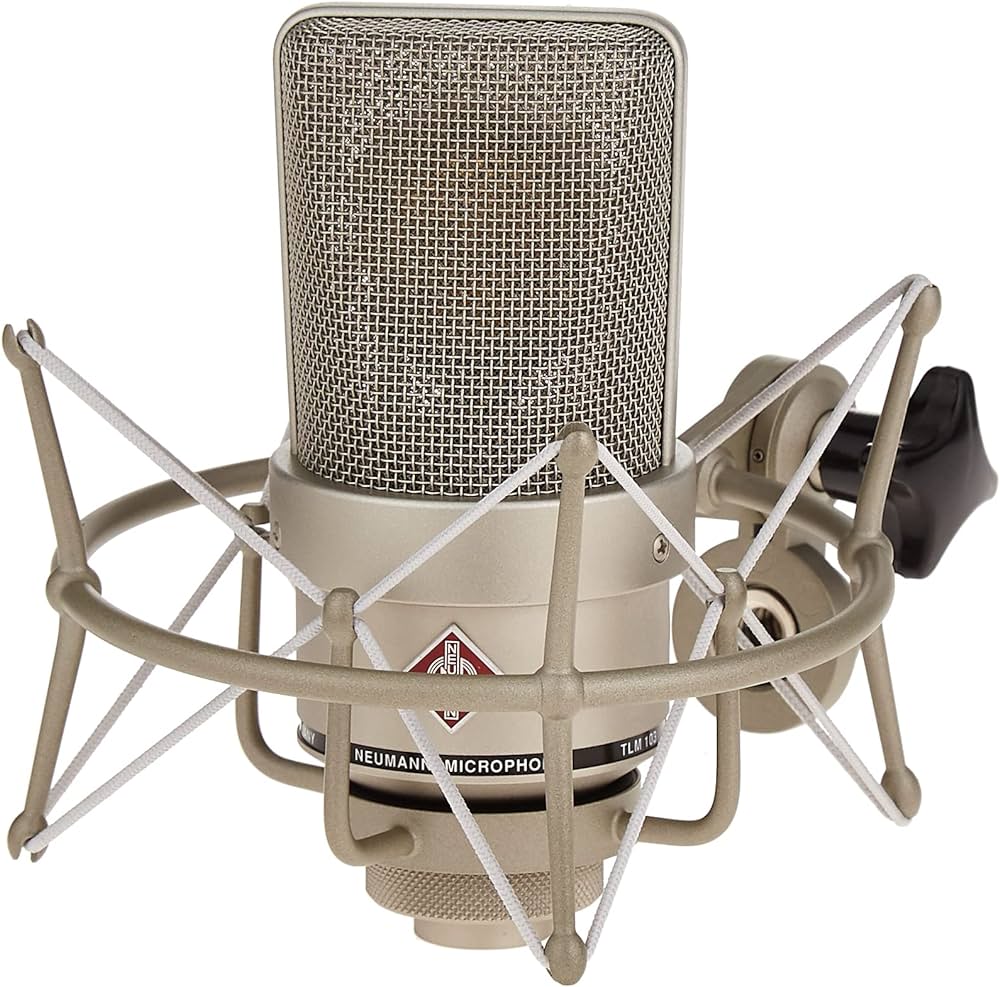Podcasting has taken the world by storm, and with the rise of this medium, the demand for high-quality microphones has surged. If you’re looking to start your own podcast or upgrade your equipment you might find yourself asking questions like “What’s the best podcasting microphone?” or “What’s the most popular microphone for podcasting?” Today, we’re breaking down the top 7 microphones for podcasting and what you can expect from each one:
1. Shure SM7B
An industry-standard microphone since 1973, the Shure SM7B is renowned for its focused, directional sound. It’s a favourite in both broadcasting and recording studios, and has gained significant popularity in professional podcasting.
- Pros:
- Exceptional at rejecting background noise, ideal for untreated rooms.
- Offers a smooth, flat, wide-range frequency response appropriate for both music and speech.
- Rugged construction and excellent reliability.
- Cons:
- Requires a good preamp to get the best sound due to its low output.
- Higher price point compared to some entry-level options.
2. Audio-Technica AT2020
This microphone is known for delivering a crisp and clear sound. It’s a versatile choice suitable for both studio recordings and live performances.
- Pros:
- Provides excellent sound quality at an affordable price.
- Versatile for both voice and instruments.
- Easy to use for beginners and professionals alike.
- Cons:
- Some users may find it picks up background noise in less ideal recording environments.
- Lacks multiple pickup patterns which may limit versatility for some podcast formats.
3. Rode NT1 5th Gen
The Rode NT1 5th Gen boasts a reputation for its clarity and high Sound Pressure Level (SPL) capability. It’s a favourite for vocal recordings due to its warm sound profile.
- Pros:
- Delivers a crystal-clear sound with a wide dynamic range.
- Comes with a complete recording package, including a shock mount and pop shield.
- Very low self-noise, making it great for vocal recordings.
- Cons:
- Some may find its sound too bright for certain voice types.
- Primarily a studio mic, may not be as durable for mobile podcasting.
4. Heil PR-40
Designed with a smooth mid-range and tight bass response, the Heil PR-40 is a dynamic microphone that excels in both broadcasting and podcasting environments.
- Pros:
- Offers a professional-level audio quality with a focus on clarity and depth.
- Excellent rear noise rejection, suitable for noisy environments.
- Durable and built to last.
- Cons:
- On the higher end of the price spectrum for dynamic microphones.
- May require additional equipment like a pop filter for optimal performance.
5. Blue Yeti
A popular USB microphone, the Blue Yeti stands out for its multiple pattern selection, making it versatile for various recording setups.
- Pros:
- USB connectivity for ease of use with computers.
- Multiple pattern selection (cardioid, bidirectional, omnidirectional, stereo) offers flexibility.
- Built-in headphone jack for real-time monitoring.
- Cons:
- Bulky design may not be ideal for mobile podcasting setups.
- Some users report a less professional sound quality compared to XLR microphones.
6. Neumann TLM 103
A staple in many professional studios, the Neumann TLM 103 is celebrated for its ability to handle a diverse range of sound sources, from vocals to instruments, with precision. Eyewateringly expensive but many swear by it.
- Pros:
- Delivers a professional broadcast-quality sound.
- Low noise and high sensitivity capture nuanced performances.
- Sleek design and durable build.
- Cons:
- High price point makes it an investment.
- Requires an audio interface with phantom power, which may be an additional cost.
7. Electro-Voice RE20
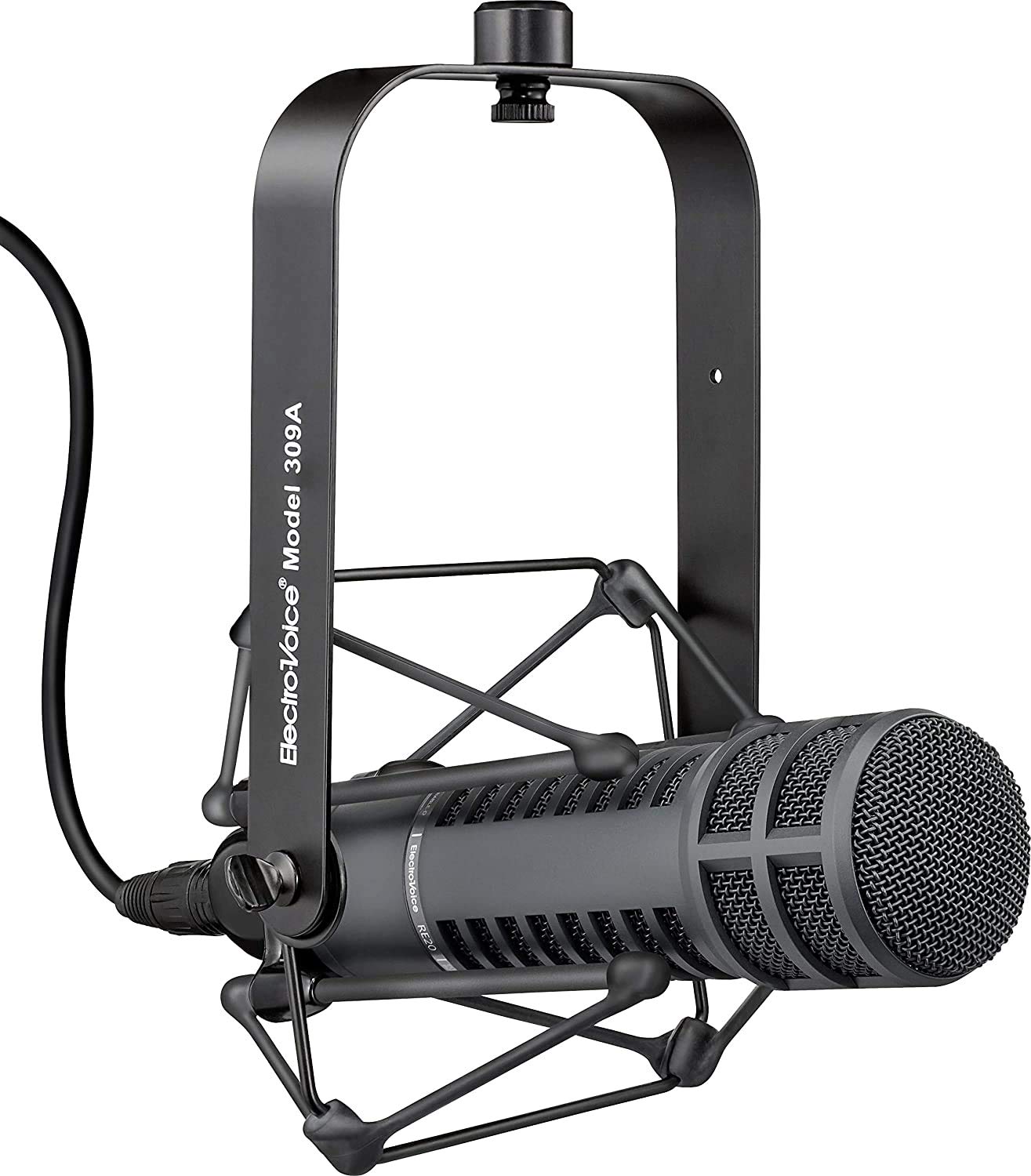
A favorite in broadcasting, the Electro-Voice RE20 is known for its detailed and warm sound. It’s a common choice for radio DJs and voice-over artists.
- Pros:
- Features Variable-D technology to minimize proximity effect.
- Excellent for spoken word with its flat frequency response.
- Durable and versatile for various recording situations.
- Cons:
- Heavier and larger than other models, which may require a robust stand.
- Price point and professional features may be more than necessary for beginners.
Each of these microphones brings its unique qualities to the table, ensuring that podcasters and broadcasters have a range of options to suit their specific needs.
While having the right equipment is crucial, it’s equally important to have the right skills and knowledge to make the most of it. This brings us to the exceptional Radio & Broadcasting degree offered here at pointblank Music School.
Why Choose pointblank’s Radio & Broadcasting Degree?
Our Radio Broadcasting course at pointblank Music School is your gateway to one of the fastest-growing and influential industries. In the UK alone, the number of podcast listeners has more than doubled to over 21 million people in the past five years.
pointblank’s radio & audio courses have kickstarted the careers of numerous radio professionals. Alumni like Monki, Imogen and Gemma Cairney are now making waves in renowned platforms such as BBC Radio 1, 1Xtra, Virgin Radio, and more. The course covers essential topics like Radio Broadcasting, The Radio & Audio Industry, Presenting, Radio & Audio Production, Branding, and Podcasting. With small class sizes, you’re guaranteed ample 1-on-1 time with expert lecturers.
The school’s state-of-the-art studios are located in Shoreditch, London’s music hub, equipped with industry-standard technology like Adobe Audition and Myriad.
If you’re passionate about radio and podcasting and want to turn that passion into a profession, now’s the time. Enroll in the CertHE Radio, Audio, and Podcasting course and start your journey today.
With the right equipment and the right education, the world of podcasting and radio broadcasting is yours to conquer.
Register to Access Free Courses, Plugins, Projects, Samples & More
When you register with pointblank, you access an array of free sounds, plugins, online course samples and much more! Simply register below and visit our Free Stuff page to get your hands on a range of exclusive music-making tools and tutorials provided by the team. Fill your boots!

